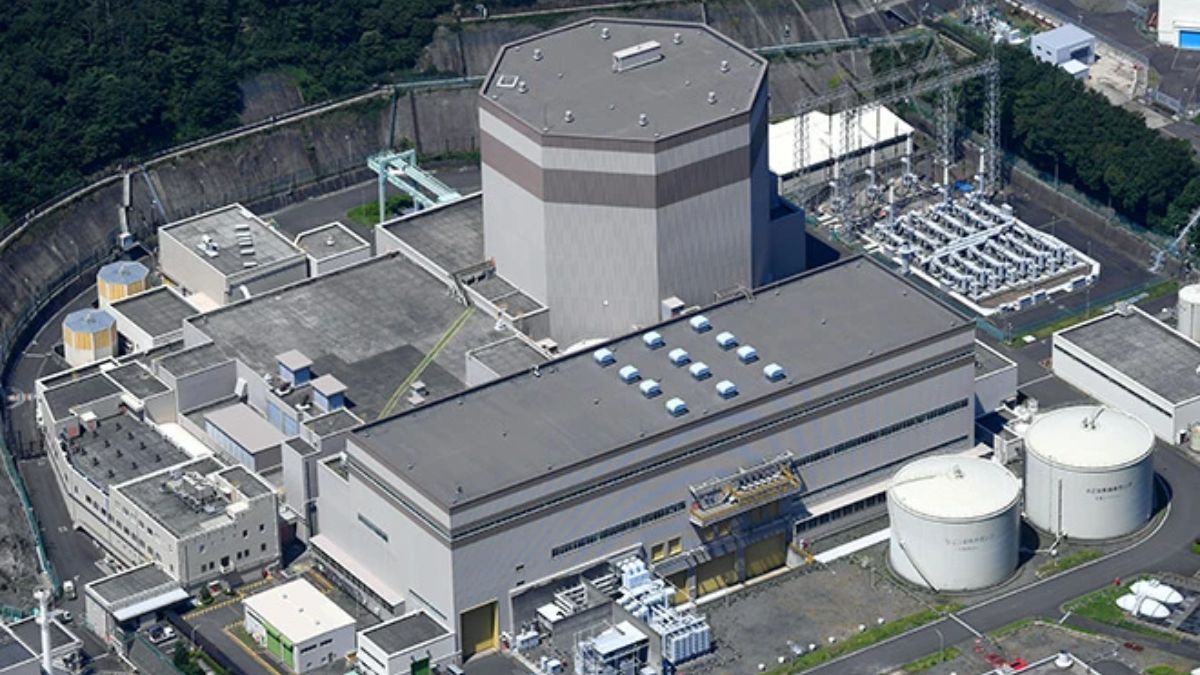 Image Credits : Asahi
Image Credits : Asahi
Japan’s Nuclear Regulation Authority (NRA) has issued a draft report stating that the Tsuruga No. 2 nuclear reactor in Fukui Prefecture does not comply with the nation’s stringent safety standards. This marks a pivotal moment, as it is the first time the NRA has deemed a nuclear reactor non-compliant since the introduction of revised regulations following the Fukushima disaster in 2011.
The NRA’s decision, announced on Wednesday, follows years of scrutiny surrounding the Tsuruga No. 2 reactor, particularly concerns about its location above an active fault line. The reactor’s operator, Japan Atomic Power Company (JAPC), had previously contested the NRA’s findings, arguing that the fault line was inactive. However, the NRA concluded that JAPC’s submitted data contained significant errors and possible falsifications, prompting the authority to reject the reactor’s restart application.
The draft report will undergo a public consultation period, allowing technical and scientific comments for 30 days before the NRA makes a final decision. If the report is adopted, it will likely spell the end for the 1,160 MW reactor, as Japan’s nuclear safety guidelines prohibit the operation of reactors situated above active fault lines. This decision comes at a critical time for Japan, as the country is grappling with its energy security amidst ongoing debates about the role of nuclear power in its energy mix.
The rejection of Tsuruga No. 2 highlights the stringent safety measures Japan has enforced since the Fukushima disaster, reflecting the country’s cautious approach to nuclear energy in one of the most seismically active regions in the world.
JAPC has expressed its intention to continue seeking approval for the reactor’s restart, but the path forward appears increasingly difficult. The final decision by the NRA will be closely watched, not only for its implications on Japan’s energy policy but also for the broader debate on nuclear safety and the risks posed by seismic activity.
